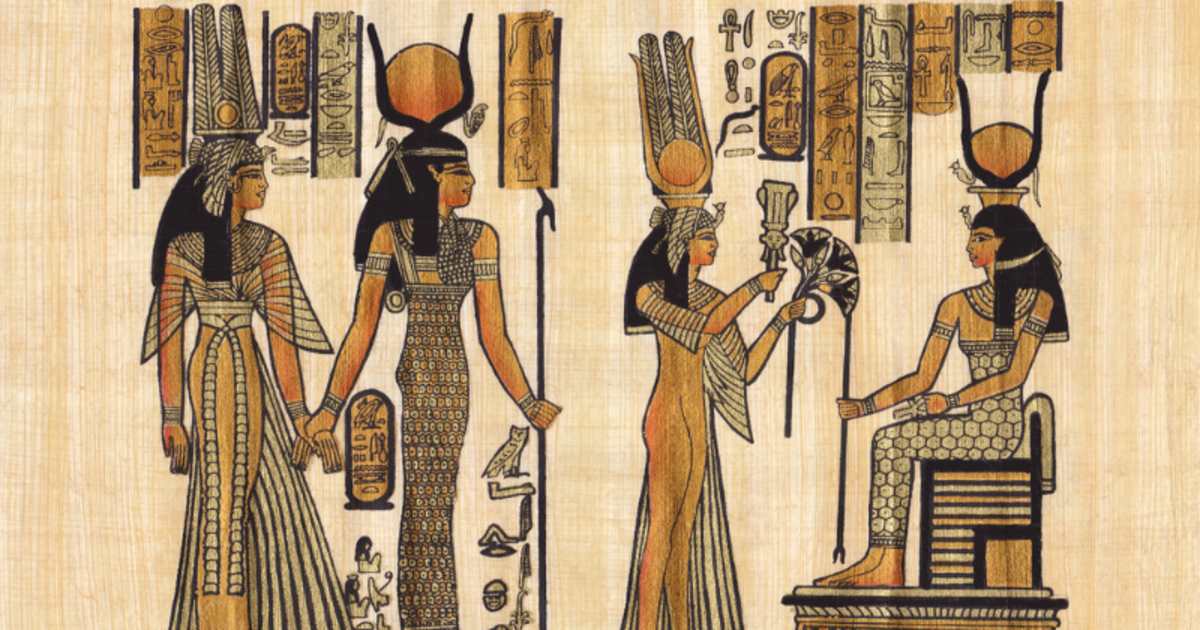Archaeologists Unearthed 'Book of the Dead' Papyrus in 3,500-Year-Old Ancient Egyptian Cemetery

The ancient Egyptians are still considered geniuses. From the construction of pyramids to burying people in intricately mummified bodies, everything about them is extraordinary. Moreover, they were masters of the afterlife, sending off their beloved with intricate rituals, canopic jars, and sacred texts from the "Book of the Dead" to guide the souls through the afterlife. In the heart of Egypt, archaeologists have unearthed such an example of this funerary tradition in a 3,500-year-old New Kingdom cemetery in the Al Ghuraifa area. The site was filled with mummies, amulets, statues, and most remarkably, a 43-foot-long papyrus scroll said to contain the "Book of the Dead." The translated release from the Ministry of Tourism and Antiquities announced this discovery in a statement, as reported by Popular Mechanics.

The Historical Significance
The New Kingdom cemetery in the center of Egypt contained many historically significant artifacts, from amulets to mummies, to a legendary discovery of a 43-foot-long papyrus scroll containing a part of the "Book of the Dead." This scroll is the first complete papyrus found in the Al-Ghuraifa area and is said to be in good condition, the team noted. The cemetery is dated to sometime between 1550 BC and 1070 BC and was a significant discovery. The reveal of the copy of the "Book of the Dead" captured the attention of many experts as it was a rare find. Only a few details are released to the public about the contents of the scroll.
These texts can vary depending on the writer. The first signs of this book were at the start of the New Kingdom, which was around 1550 BC. Finding a book in good condition is rare and, understandably, is an exciting notion for many experts. "If it's that long and well-preserved [then it's] certainly a great and interesting find," Lara Weiss, CEO of the Roemer and Pelizaeus Museum in Germany, who studied the "Book of the Dead" broadly, said, as reported by Live Science.

The Analysis of the "Book of the Dead"
It's "very rare" to find a copy in the grave it was originally buried in, noted Foy Scalf, an Egyptologist at The University of Chicago. The book, more accurately termed as "The Chapters/Book of Going Forth By Day," played a crucial role in ancient Egyptian culture. In Egypt, many examples of the text provided researchers with insight into the ancient Egyptian religion and beliefs about the afterlife, according to the American Research Center. The book reveals several vital aspects of ancient Egyptians' belief system, like topics in Egyptology. Moreover, with every translation, researchers' theories are changing constantly.
Ongoing Research and Conservation Efforts
The excavation team unearthed a remarkable array of funeral artifacts, including stone and wooden coffins containing mummified remains, over 25,000 ushabti statues, utensils, thousands of stone and wooden amulets, and canopic jars. Among these finds, the most notable one was the engraved and colorfully decorated wooden coffins of Ta-de-Isa, daughter of Eret Haru, the high priest of Djehuti in Al-Ashmunin. Next to her coffin were two wooden boxes, with her canopic vessels and a complete set of ushabti statues, and a statue of Ptah Sokar, an ostrich-like deity. The Egyptian ministry announced they expect the scroll to be preserved and displayed in the Grand Egyptian Museum, adding to the museum's growing collection of significant New Kingdom pieces.